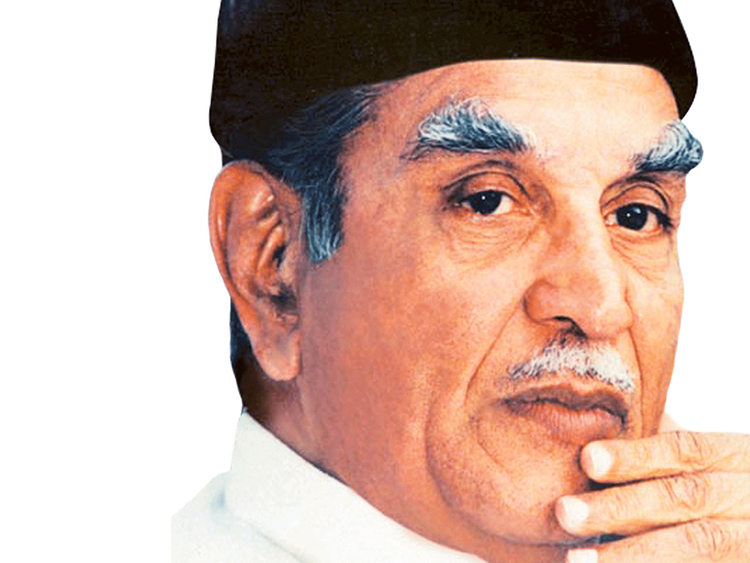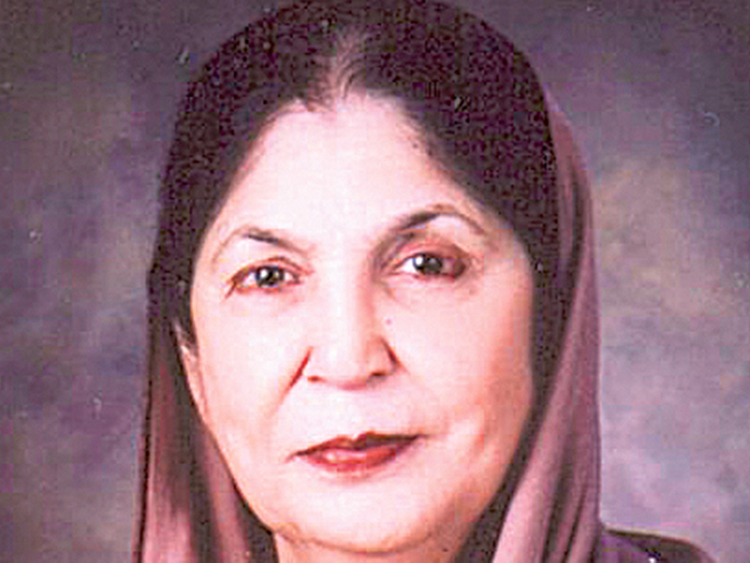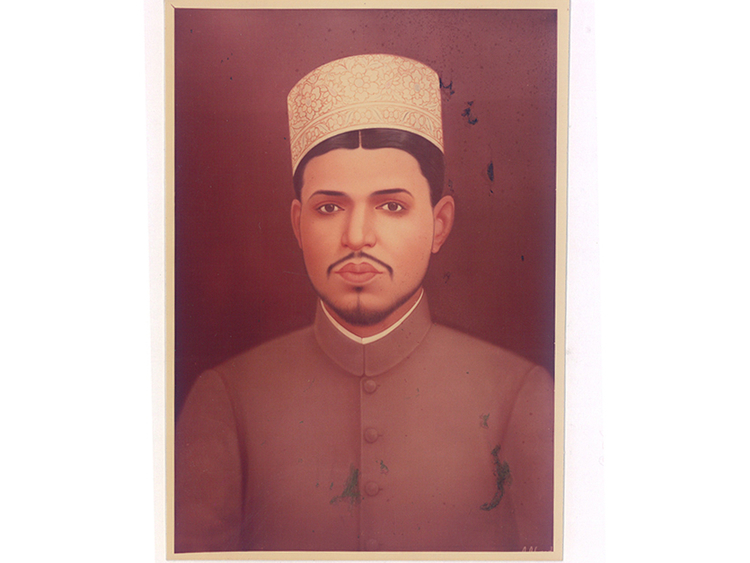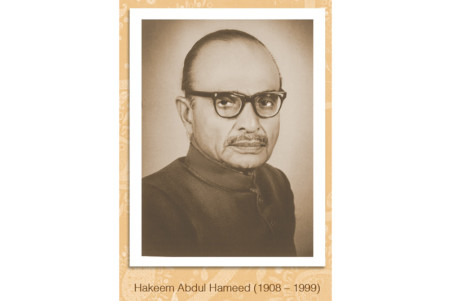
Dubai: It is a pretty popular drink at iftars. Some sip it with a dash of lime and water, while many add cold milk to get a rose-flavoured drink.
But, most are unaware that the well-known Rooh Afza has borne witness to more than 100 years of subcontinent history including Partition, the event that resulted in the formation of Pakistan from previously undivided India.
Originally created by a Unani hakim or doctor as a herbal concoction to beat the heat, it has gone on to become a staple across India and Pakistan.
In 1908, in the bylanes of Old Delhi, Hakim Hafiz Abdul Majeed decided to create a herbal mix that would help Delhi’s masses stay cool in summer. Selecting herbs and syrups from traditional Unani medicine, he created a drink that would help counter heat strokes, bring down palpitations and prevent water loss. He named it Rooh Afza, which in Urdu literally meant something that refreshes the soul.
Mirza Noor Ahmad, an artist, prepared the labels of Rooh Afza in several colours in 1910. Such colourful prints could not be processed in Delhi then. It was, therefore, printed under special arrangement by the Bolton Press of the Parsees of Bombay (Mumbai).
A few decades later, Abdul Majeed decided to turn this medicament into a drink. The reception to the first batch ever made of Rooh Afza was an indicator of its future.
“When they actually made Rooh Afza for the first time, the flavour and the smell were so enticing that a crowd began to gather around asking, ‘Ho kya raha hai?’ [What is happening?]. The whole batch got sold off within an hour,” Abdul Majeeb, the great grandson of Hakim Hafiz Abdul Majeed, told Gulf News.
Today, he is the CEO of Hamdard India, continuing the family’s work in offering affordable medical care to the masses.
Growing up in the family of traditional doctors, Abdul Majeeb has heard several such stories, including one of some ingenious promotional strategies for the drink.
“They figured out that Rooh Afza could be mass marketed and could be promoted as a thirst quencher and refresher ... at one point in time, they used pamphlets that were literally thrown in the air so that they could reach the maximum number of people,” he said.
The partition of India was the turning point, which went on to divide not just the family but Rooh Afza as well.
“In 1947, most of the family travelled to Pakistan. Only my grandfather, Hakeem Abdul Hameed, and his two sons stayed. Even as his younger brother, Hakim Mohammad Said, went to Pakistan, my grandfather said, ‘I will not be able to leave India because it is my motherland’,” Abdul Majeeb said.
With one brother in India and the other in Pakistan, they both continued to carry on the legacy left behind by their father on their own.
While the business was already established in India, Mohammad Said faced a lot of hardships launching Rooh Afza in Pakistan.
Sadia Rashid, chairperson of Hamdard Laboratories (Waqf) Pakistan and president of Hamdard Foundation Pakistan, told Gulf News: “My father [Mohammad Said] migrated to Pakistan, on January 9, 1948. The challenges of a fledgling country and a lack of means posed difficulties ... he laid the foundation of Hamdard Pakistan in two rented rooms in Karachi’s old area of Arambagh, with Rs12 (Dh0.42) worth of rented furniture.”
In 1953, Hamdard Laboratories Pakistan finally became lucrative, and it was converted into a waqf or a Muslim endowment entity.
According to her, the brand name was “taken from the poetic book ‘Masnavi Gulzar e Nasim’ by Pandit Dia Shankar Nasim”. Rooh Afza was a character in the book.
“Partition posed no threat to the brand. However, everything had to be started from scratch in Pakistan, so it took great effort to establish the brand. Initially, the sold quantity of Rooh Afza was in a few hundreds, which increased ... to millions at present,” she added.
Mansoor Ali, chief sales and marketing officer at Hamdard Laboratories (India), reiterated the drink’s popularity. He said: “If you look at its [Rooh Afza] growth, it is 20 per cent year-on-year, which is pretty phenomenal when you consider that the fast moving consumer goods (FMCG) industry itself is growing in single digits.”
The staying power of Rooh Afza
The average consumer in the subcontinent is spoilt for choice from commercial soft drinks to traditional thirst quenchers, not including the many companies that try to produce Rooh Afza-like syrups. What then explains its staying power?
The secret could probably be the company’s decision to stay with the original flavour and recipe over the century.
“People remember it from their childhood, prepared by their mothers with love. Despite many options available to youth nowadays, Rooh Afza is popular among them. It is mixed in milk, fresh lime or yoghurt, plus it has other uses, such as being the vital ingredient in home-made ice cream, sorbet, slush, smoothies and sundaes that definitely excite youth,” Sadia Rashid said.
Speaking of the youth, Abdul Majeeb, who joined the family enterprise in 1995, spoke about his initial experience working with the product.
“When I started working and looked at Rooh Afza, I would come up with suggestions on what we could add to make it better. For six months, I went on harping about all these changes. My grandfather then called me and explained that a lot of time had been invested in the product and after many years, it had now stabilised. We now had a product that best suited people’s needs ... if it is working, why do you need to fix it?”
Apart from the India and Pakistan, Hamdard also has a presence in Bangladesh.
Rashid said: “My father [Mohammad Said] had opened a branch of Hamdard in former East Pakistan. After the creation of Bangladesh, instead of winding up that office and plant, he gifted that to the people of Bangladesh to be run and managed by its workers.”
— Huda Tabrez is a freelance journalist with Gulf News.

















